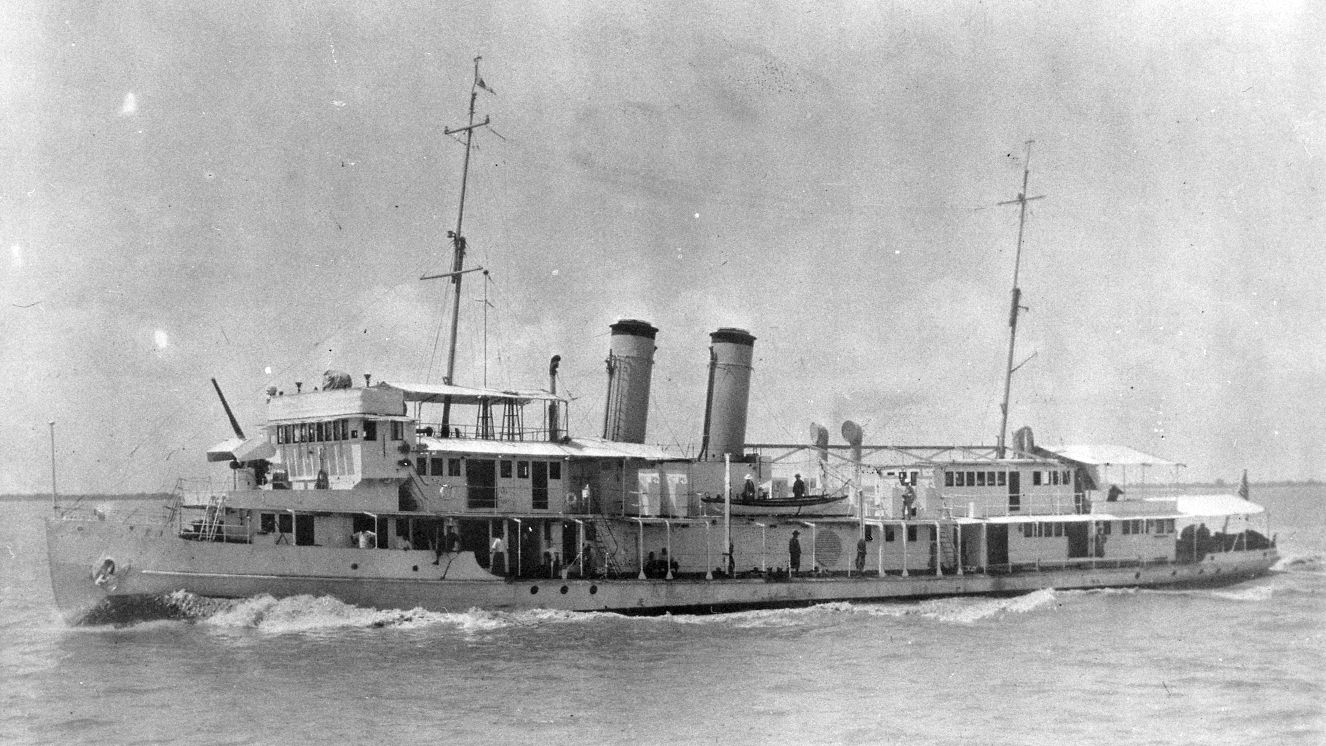THE SURPRISING WAY THAT THE NAVY JUST BECAME PIRATES

Sea shanties were at an all-time high in modern times back in 2021. Don’t believe us? Check out Google Trends. But the U.S. Navy, innovators as they are, were on a piracy kick around a decade beforehand. Being a pirate comes with plenty of perks, such as adventure, gold, rum, and a ton of other cool stuff. Of course, there are also downsides, as the very nature of piracy involves breaking the law. This is why it’s a bit odd that Sailors were involved in piracy at all. Software piracy to be exact. So, while they might not be engaging in capers on the high seas, our naval force is facing some rough seas due to an ongoing lawsuit. Read next:Still Looking To Serve? Consider Joining Cajun Navy
What Is Software Piracy?
Software piracy is when a user accesses, downloads, or otherwise uses a piece of software without proper authorization or licensing. Popular examples of software piracy include downloading various Microsoft products or Adobe Photoshop without buying them. The software piracy statistics of 2022 show that as much as 37% of all software is unlicensed, according to a BSA Global Software Survey. This equates to more than $46 billion in value. That sort of money is serious business and is exactly why companies are willing to go through legal means to recoup their losses. This is why when news broke that the Navy was found to be in a massive violation, it caught the attention of many. The Navy was found to have been using a 3D mapping software without permission in an incident that has ties all the way back to 2011.
The Navy Owes Bitmanagement Software GmbH Some Money
A lawsuit from 2016 was filed seeking $600 million in damages by Bitmanagement Software GmbH, a German company looking to hold the Navy accountable for using its software without the proper licenses. Back in 2011, the Navy collaborated with Bitmanagement by testing its “BS Contact Geo” and ended up with 38 copies of the virtual reality (VR) software. The problem? America’s Navy would go on to install the software on over 550,000 devices from 2013 to 2015 across its network. Negotiations were still ongoing with the company, and ultimately, Bitmanagement would enter its lawsuit the following year. This caused the Navy to uninstall the software… only to reinstall 34 copies once more. While the pirates, argh... uh, the Navy claimed the licenses it did hold made it possible to make copies of the software, Bitmanagement disagreed, stating that “Bitmanagement did not license or otherwise authorize these uses of its software, and the Navy has never compensated Bitmanagement for these uses of Bitmanagement’s software.” The BS Contact Geo software is “geo-visualization…based on digital data captured from various sources (land surveys, CAD, satellite imagery, airborne laser scanning, etc.).” A useful tool for any branch of the military. However, this doesn’t mean that it’s free. Initially, the Federal Claims Court would go on to dismiss the case, but an appellate court would decide during Bitmanagement’s appeal that it needed to be heard. Once back in Federal Claims Court, ultimately, the claim of piracy against the Navy held up. So far, the Navy will be forced to pay $154,400 and damages that have yet to be determined as of this writing. A far cry from the $600 million sought by the German organization. As of now, the damages that will be paid out will be a result of “actual usage” involving Bitmanagement’s BS Contact Geo. David Kennedy, a CPA and expert witness for the Navy, assessed that the license for the software was $200 because of the number of copies available. This is a huge contrast to the $1,067.76 figure touted by Bitmanagement. Judge Edward J. Damich sided with Kennedy’s valuation, and the court determined that there was a total of 635 unique users for the software. Out of these, a total of 597 were using unlicensed copies, which would create an award of $119,400. The judge would also add a fee of $35,000 for licenses the Navy also agreed to. While this puts to bed a complicated legal issue between the two, there are still some things unsettled. The total valuation of delayed compensation will be calculated at a later time, and the timeline in which the Navy must pay its fee has yet to be announced.
The Irony of Committing Software Piracy While Defending Against Pirates
The U.S. has always had a complicated history with pirates. There are the Barbary Wars in which American Forces would go to war against pirates who captured American merchant ships. There’s also the time Jean Laffite collaborated with the U.S. in the War of 1812. In today’s world, pirates still exist, and when called upon, the Navy is there to protect America and its allies from would-be criminals. But now the shoe is on the other foot. Don’t get us wrong; there’s a harsh difference between holding people for ransom and plundering a village before sneaking away into a cove and software piracy, but it’s ironic nevertheless. Hopefully, this is a lesson learned and a slight embarrassment rather than a problematic distraction. Suggested read:Take a Deep Dive Into the U.S. Navy’s Orca Submarine
BY BUDDY BLOUIN
Buddy Blouin is a Contributing Writer at VeteranLife.com
Buddy Blouin is a Contributing Writer at VeteranLife.com



